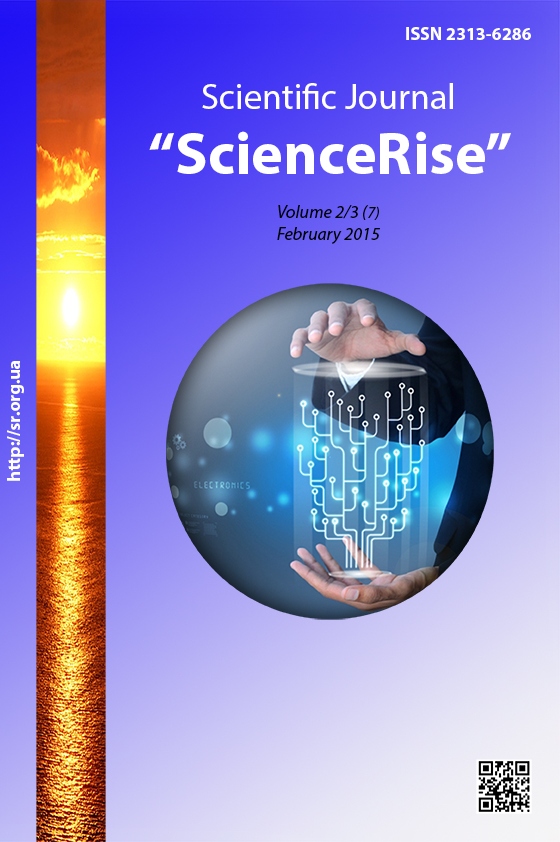The system of cash flow indicators for assess the effectiveness of trade enterprises
DOI:
https://doi.org/10.15587/2313-8416.2015.37937Keywords:
cash flows, indicators, profit, coefficients, trading enterprises, economic management, analysisAbstract
We have considered the advantages and disadvantages of using indicators to evaluate the effectiveness of trading enterprises, determined the cash flow performance in the economic management, also we have presented formulas for their calculation and developed an analytical value for practical using.
References
Blank, I. A. (2002). Cash flow Management. Kiev, Ukraine : Nika-Center, Elga, 736.
Bocharov, V. V. (2001). Centuries the cash turnover businesses and corporations. Moscow, Russia : Finance and statistics, 144.
Vlasova, N. O., Smokova, L. M., Zorich, I. J. (2004). Analtics possibilities report about the movement of grochowa costs pdest. Kharkiv, Ukraine : HUHT. Progresive resursosberegajushch tehnologії that their Economie obrusoviny at pgprint harchuvannya . Economic problems torgul: ZB. Sciences, 1, Part 2, 234–242.
Kovalev, V. V. (2007). Centuries the " cash flow Management, profit and profitability. Moscow, Russia.: the TC Valby, Prospect,336.
Ganenko, L. O. (2013). Obgruntuvannya teoretyczny ambushes economcial upravlinnia pgprint C posits theory Fermi. Business Form, 5, 227–231.
Fridag, H. R., Shmidt, V. Herwig & Fredag, Walter Schmidt. (2009). Balanced scorecard: an implementation guide. Third edition. Moscow, Russia. Omega-L, 267.
Ward, K. (2002). Strategic management accounting : transl. from English. Moscow, Russia: Copenhagen Business School Press, 448.
Downloads
Published
Issue
Section
License
Copyright (c) 2015 Алла Павлівна Грінько, Павло Леонідович Гринько

This work is licensed under a Creative Commons Attribution 4.0 International License.
Our journal abides by the Creative Commons CC BY copyright rights and permissions for open access journals.
Authors, who are published in this journal, agree to the following conditions:
1. The authors reserve the right to authorship of the work and pass the first publication right of this work to the journal under the terms of a Creative Commons CC BY, which allows others to freely distribute the published research with the obligatory reference to the authors of the original work and the first publication of the work in this journal.
2. The authors have the right to conclude separate supplement agreements that relate to non-exclusive work distribution in the form in which it has been published by the journal (for example, to upload the work to the online storage of the journal or publish it as part of a monograph), provided that the reference to the first publication of the work in this journal is included.

